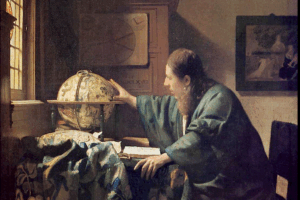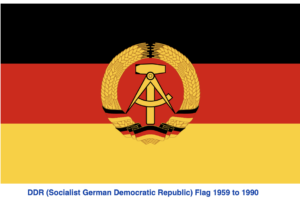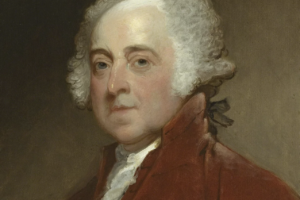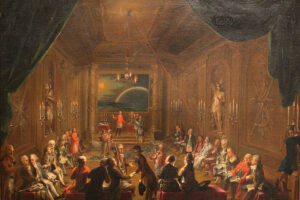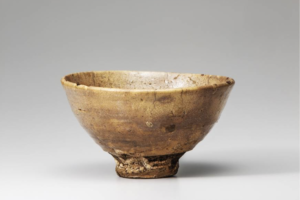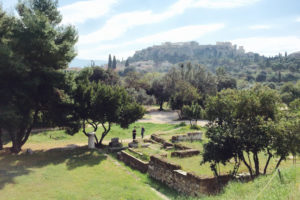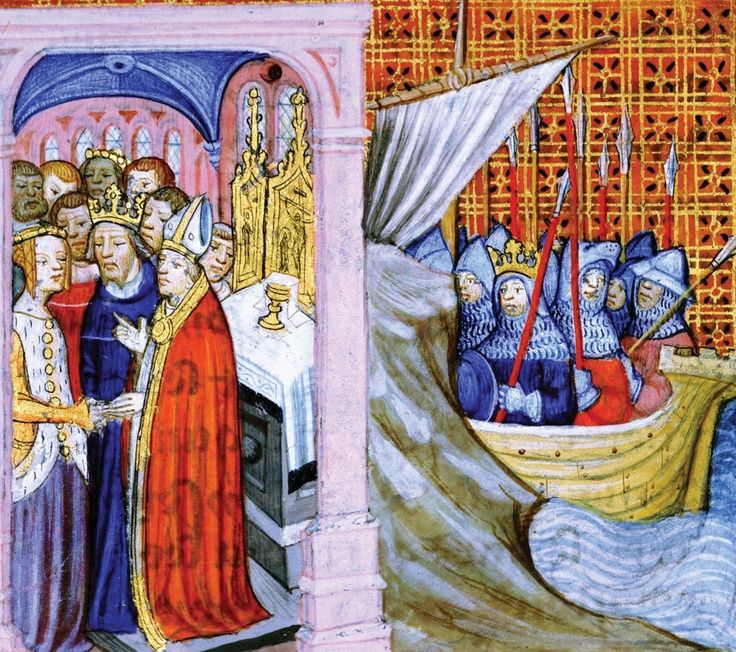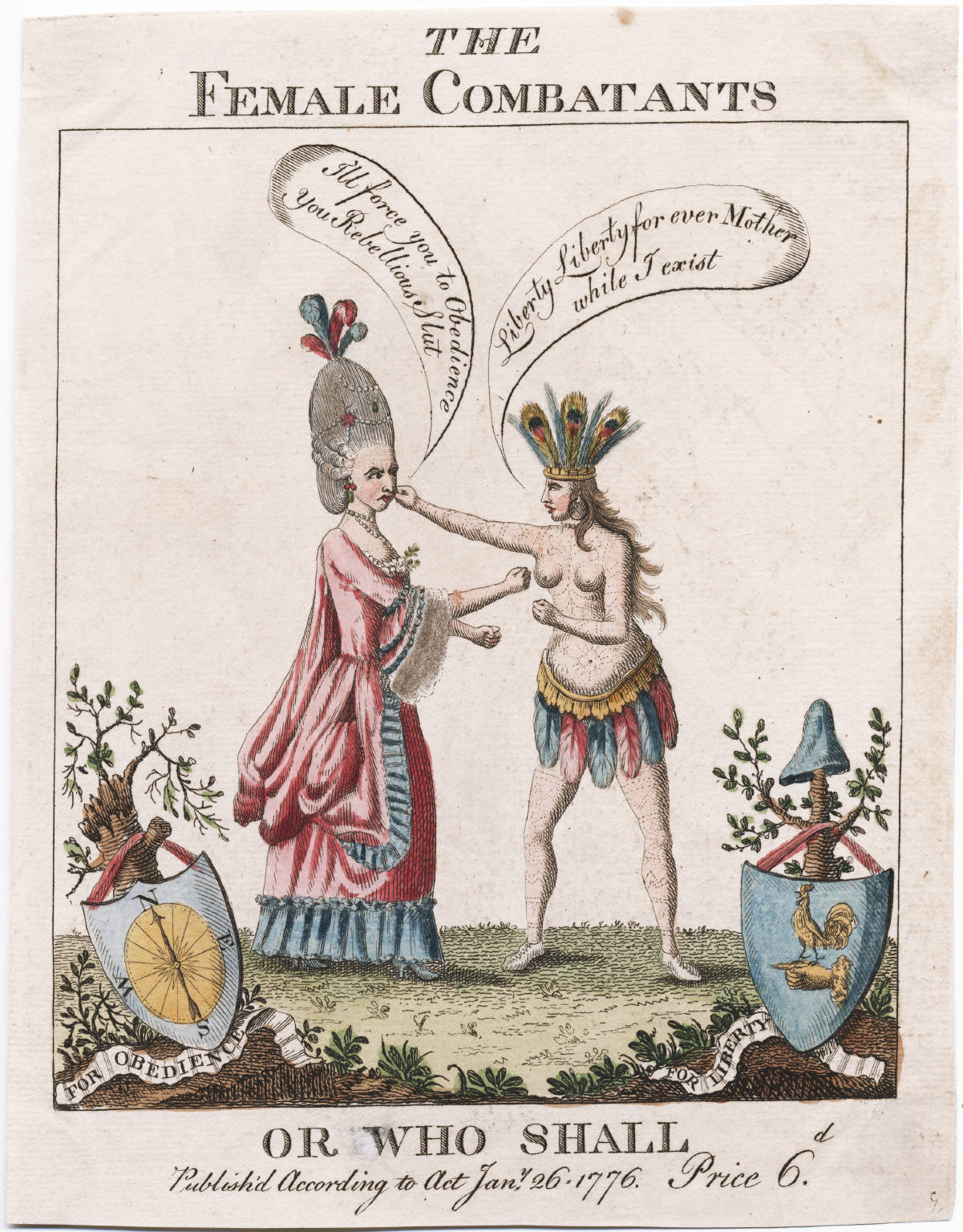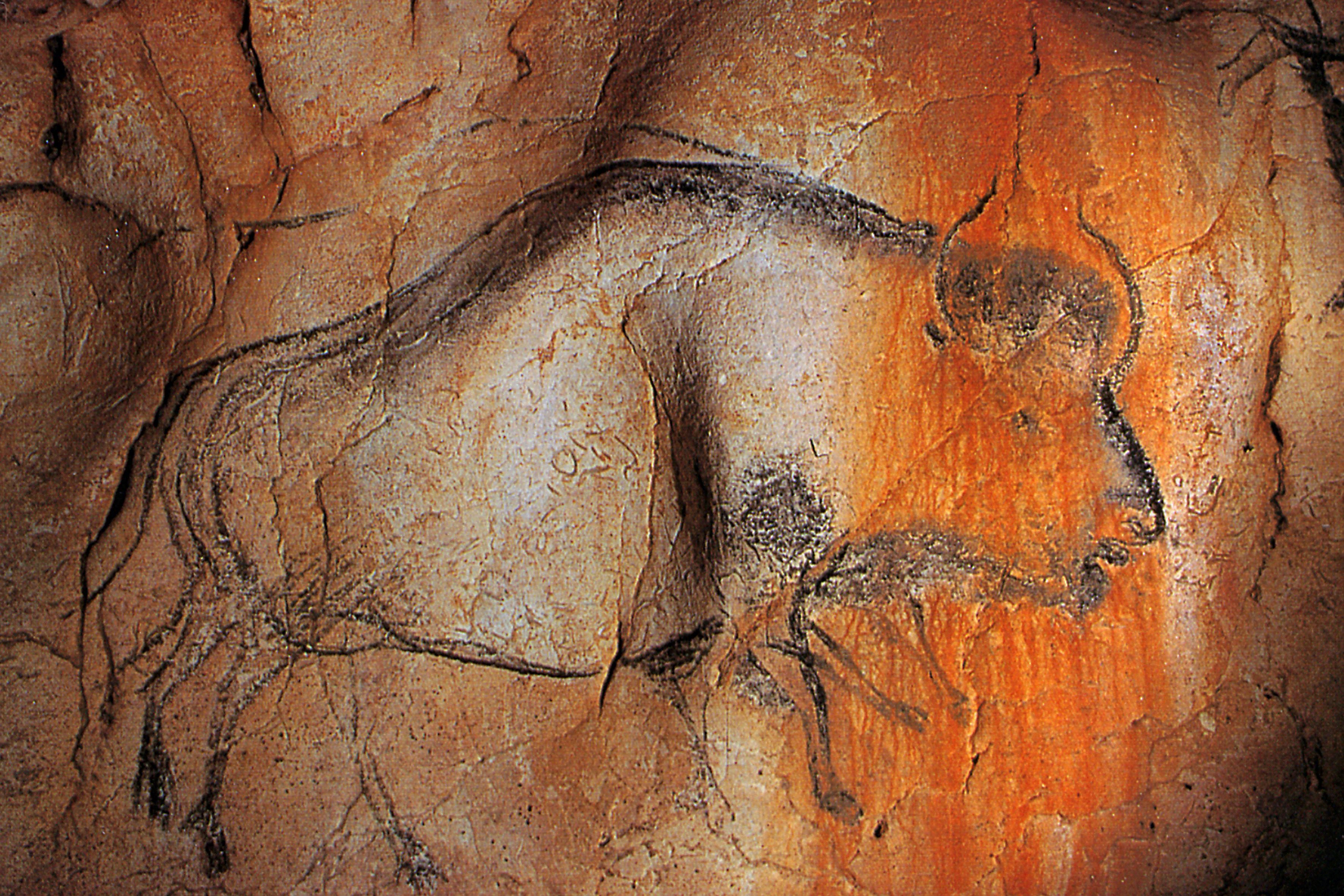Jan Vermeer, The Astronomer, 1668, restituted to Rothschilds after WWII, then gifted to Louvre (Photo P. Hunt 2025) By Jann Perez – Deep questions about the ethics of collecting and also about repatriation of plundered art and antiquities are far more complex than they might at first appear from shallow […]
Controversies
Rhetorical Manipulation, Emotion, and The Fall of the Berlin Wall
By Alex Dortzbach – Media lies very near the heart of a culture in recording values. It can help create a cultural lexicon, build or reinforce a set of common ideals, and quicken the spread of new ideas. A hugely-insightful book, The Race Against the Stasi (2014) by journalist Herbie […]
The Old Difference Renewed between Living In Justice and In-Justice
John Adams by Gilbert Stuart, 1821, courtesy of National Gallery of Art, Wash. DC By Walter Borden, M.D. – “At his best, man is the noblest of all animals: separated from law and justice he is the worst.” Aristotle, Politics 1.1253a Aristotle speaks of Law and Justice. Is there a […]
Should Freemasonry Be Considered Controversial?
Freemasonry Lodge in Vienna, 1789 (courtesy of Wienmuseum) By Pauline Chakmakjian – My publisher Markosia in the UK recently released my trilogy: The Sphinxing Rabbit: Her Sovereign Majesty, The Sphinxing Rabbit: Book of Hours and The Sphinxing Rabbit: Clubs and Societies. All three books in the series from a publisher noted for graphic novels make […]
Possible Chinese Silk in Bronze Age or Iron Age Jericho: the “Babylonish” Garment from Shin’ar in Joshua 7 ?
By Patrick Hunt – One of the more intriguing passages of the Hebrew Bible, Joshua 7: 10-23 & ff. describes the sin of Achan and his “accursed” secret purloined material spoliation after the taking of Jericho by the Israelites, a narrative with controversial historicity. Regardless of when it can be […]
Christopher Hitchens and the Korean Tea-bowl
By Leanne Ogasawara – 1. A glance at Hobson-Jobson, the historical dictionary of Anglo-Indian words in use during the British rule in India, will show that the word “loot” comes into English from Hindi, ultimately deriving from Sanskrit. It entered the English language around the time of the Opium Wars, when the […]
The Demagogues of Ancient Athens
The phenomenon of unscrupulous politicians stoking tensions in society for their own ends is as old as democracy itself. By John Leonard – “[T]he main cause of the overthrow of democracies is the outrageous behavior of demagogues.’ Aristotle, Politics I.1304b.20 As ancient Athens moved away from kingship and Archaic-era tyranny […]
Eleanor of Aquitaine: A Woman Beyond Her Time
Marriage of Eleanor and Louis VII and Louis Leaving for Crusade, 15th c., Chroniques de St. Denis (image public domain) By Emmanuel Zilber – Defying so many male imposed status quo “rules”, Eleanor of Aquitaine (ca. 1124-1204) was remarkable, but not only for […]
Chimpanzees and Bees or Genetics and Morality of Individuals and Societies – A Review of The Progressive Gene
How Conservative Britain saw the New America in 1776: “Rebellious Slut” By P. F. Sommerfeldt – Morality is often such a morass of competing and even conflicting values that few scientists wade into its murky waters. Thus despite reluctance to define morality and teach values and whatever might be defined […]
Paleolithic Instincts and Insights?
Bison painting, Chauvet Cave, Ardeche France, ca 32,000 BP (Image public domain) By Patrick Hunt – How much human behavior can be quantitatively attributed to instinct is largely arguable and untested, especially since we are usually inclined to believe we are rationally able to rise above any such deeper-than-cognitive triggers […]
